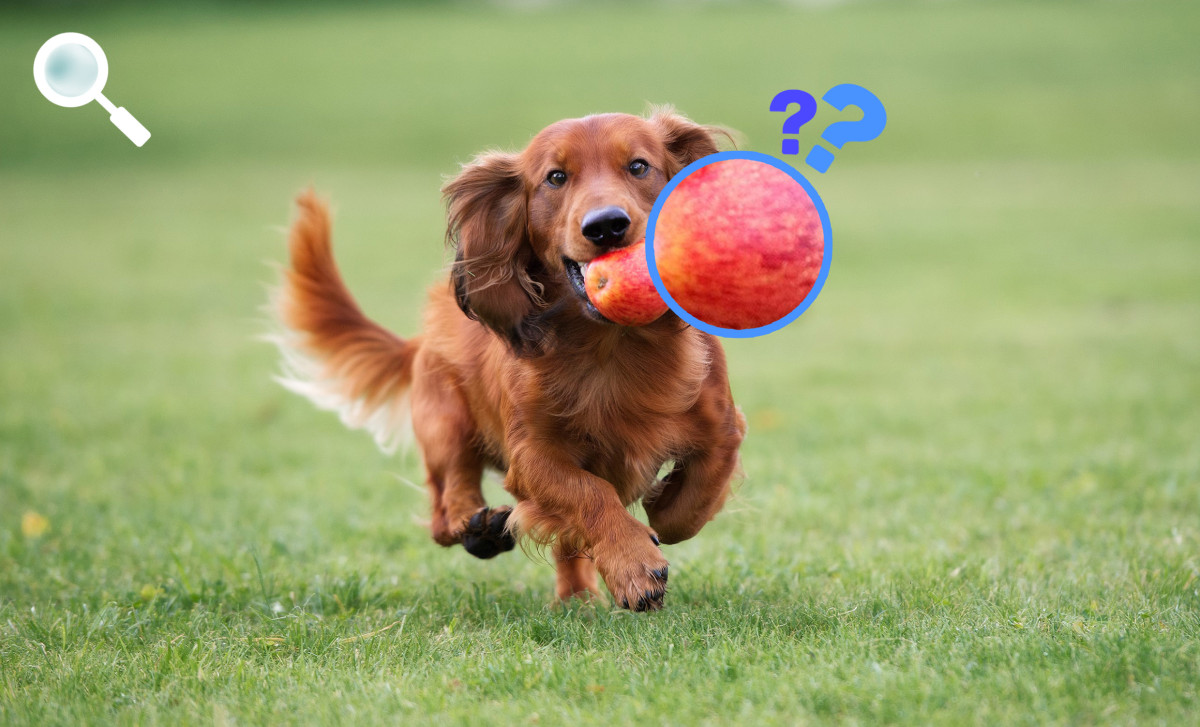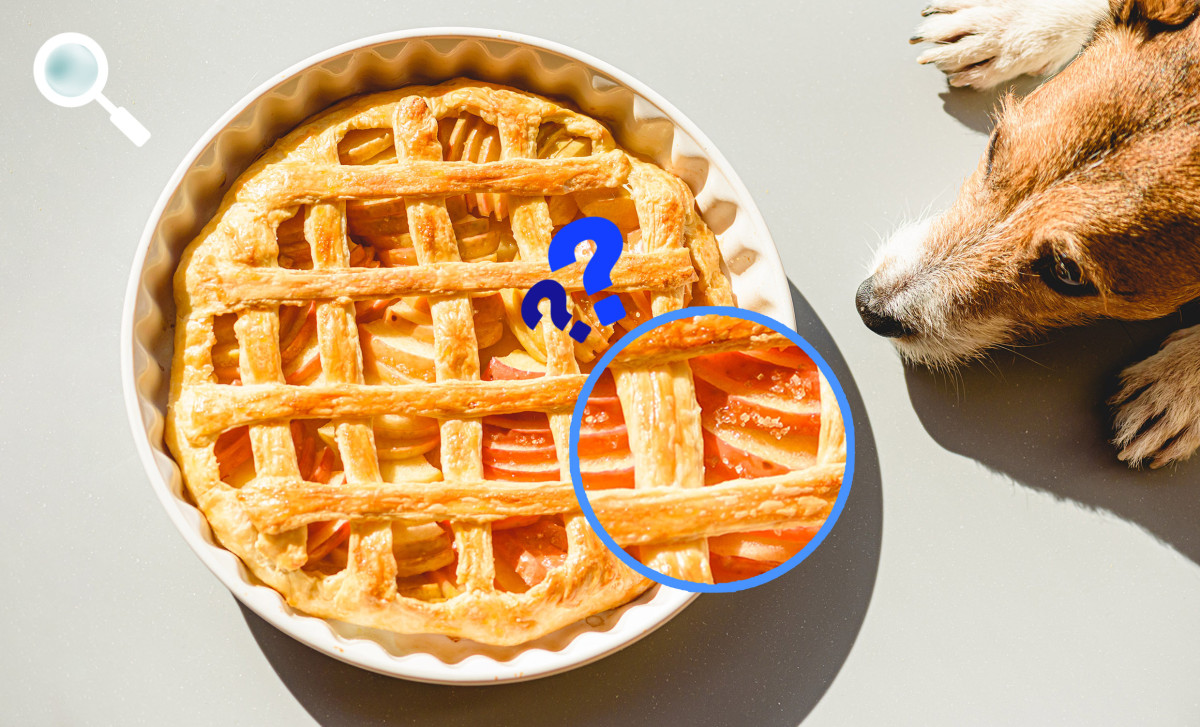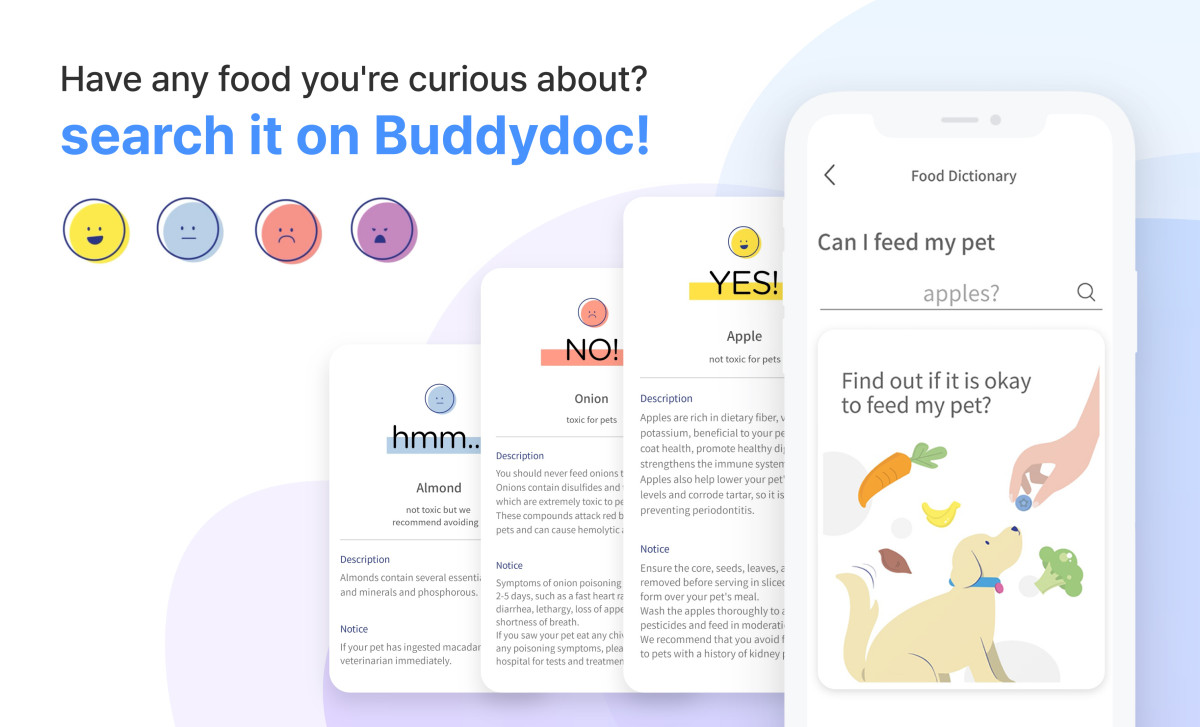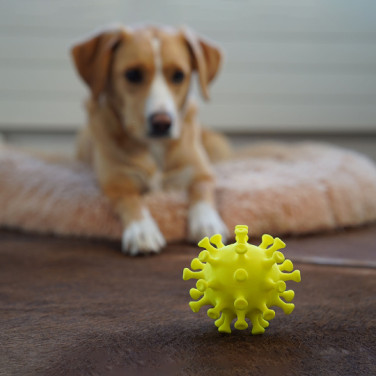FOOD
Can dogs eat apples? Safety guide for feeding apples to dogs
페이지 정보
본문
An apple a day keeps the doctor away doesn’t just apply to us but also to our furry companions. Canines can enjoy this nutritional sweet treat just as much as we do and here is a thorough safety guideline and rundown of benefits on feeding your dog apples!
Apples contain many nutrients helpful to a dog’s health, and when chewed, the flesh and peel are especially beneficial to a canine’s dental health. If you want to start giving your dog some apples, you will want to start small by washing an apple thoroughly, removing the core and its seeds entirely, and cutting them into small pieces. You should always feed apples to your dog in moderation because too much apple can cause gastrointestinal upset.
Why are apples so good for dogs?
Red and green apples are an excellent source of vitamins A, C, and K, and a variety of essential minerals such as potassium, calcium, and phosphorus. In addition, apples are low in protein and high in antioxidants and dietary fibers, which help with digestion and maintaining a healthy weight.
Eating apple slices can even help keep your dog’s teeth clean and prevent bad breath. The skin and flesh of the apple acts as a squeegee to help remove tartar and plaque, and the malic acid helps combat bad breath in dogs.
Apples are a delicious and healthy snack for dogs in moderation but we would always recommend to make it a habit to ask your veterinarian before feeding any human food items to your dog.
Nutritional guide on apples for dogs
- Rich in fiber: Fiber plays an important role in the health of your dog’s digestive system and help reduce symptoms of diarrhea and constipation.
- Vitamins: Apples are an excellent source of vitamins A, C, and K.
- Essential minerals: Apples provide a great source of potassium, calcium, and phosphorus.
- Antioxidants: Due to the strong amounts of antioxidants found in apples, it is reported to be beneficial in helping to prevent cancer and reduce joint pain symptoms.
How to feed apples to your dog
-
How to safely prepare apples for a dog
A lot of commercially available apples can contain pesticide residue and other bacteria. So apples should be thoroughly washed before service to remove any bacteria and germs on the skin surface. You will also want to remove all of the core and any seeds found in apples because they can cause several problems for your pet.
If your dog has not had any apples before, we recommend that you first cut them into small slices or cubes. Introducing any new foods to your puppy in small portions is essential in tracking how they may react to a new food item. After feeding a small portion, check to see if your dog has any allergic reaction or digestive problems such as vomiting or diarrhea. If you do experience any symptoms, stop feeding immediately and contact your veterinarian if needed.
-
Can dogs eat the skin of the apple?
The skin of the apple is very rich in vitamins and fiber, and as mentioned earlier can also help remove tartar when chewed. However, the peel of an apple can contain residue from pesticides which can make it difficult for your dog to digest. It may be best for some dogs with a weak digestive system to avoid eating the skin.
-
How many apples should you give your dog?
Due to an apple’s naturally high amounts of sugar, it Is always best to feed your dog apples in great moderation. Depending on the size and weight of your dogs, a slice or two of an apple should be more than enough for a significant treat. If you are aware of any medical conditions such as diabetes, you should consult with your veterinarian before feeding.
-
How to feed apples to dogs
There are several ways to feed apples to your dog. The first and safest way is by cutting a washed apple into small bite sized pieces or slices and served at room temperature or frozen as a cool summer snack. You can even put several small bite sized pieces or turn an apple into sauce and pour it over on top of your dog’s normal feed as a meal topper. Lastly, you may blend together an assortment of other non-toxic fruits to make a delicious doggy smoothie!
When are apples bad for dogs?
-
Can dogs eat apple seeds?
When feeding apples to your dogs, be sure to remove the seeds. Apple seeds contain traces of toxic cyanide, a chemical that can cause hypoxia when chewed and digested. It takes quite a lot of seeds to cause cyanide poisoning, so swallowing a few shouldn’t be a big problem. However, you should be aware of symptoms of cyanide poisoning in case your dog accidentally consumes a significant amount of apple seeds:
- Shortness of breath and panting
- Pupil dilation
- Dark red mucous membrane inside the mouth and nose
- Nausea and vomiting
- Rapid or significantly slowed heartbeat
- Convulsions and loss of consciousness
-
Can dogs eat apple cores?
Apple cores and stems can be very dangerous for dogs. The core of an apple is hard and may be difficult to chew for most dogs. This can lead to swallowing without chewing and cause a choking hazard. If ingested, it can still cause gastrointestinal upset. It is recommended to remove them before feeding to avoid any unnecessary hazards.
-
Other things you should care about when giving apples to dogs
-
Food allergy
As with most foods, there is a risk that your dog may develop allergies to certain food items. It is rare but an allergic reaction can cause anaphylaxis. That is why it is always recommended to feed your dog a new food item a small amount first to test and observe for any signs of an allergic reaction. If your dog shows any signs, stop feeding and contact your veterinarian right away.
Signs of allergic reactions to look out for:
- Skin problems; hives, facial swelling, and itchiness
- astrointestinal problems; signs such as vomiting and diarrhea
- Shortness of breath
-
Sugar levels
Apples contain natural sugars and while it is not a large amount. It can cause problems in dogs with pre-existing conditions such as cancer or diabetes.
-
Can dogs eat apple products?
Can dogs eat applesauce, apple juice, or other apple products?
Products that contain apples often contain high levels of sugar, artificial flavoring, or added chemicals. It is always a good idea to check the label for toxic ingredients before feeding any human foods to your dog. It is best to avoid most commercial apple products due to the use of artificial sweeteners such as xylitol.
Is th ere any food that dogs can eat other than apples?
Have you ever wondered if it’s okay to feed your pet a certain food item? Buddydoc’s food dictionary tells you whether a dog can eat a variety of foods and provides nutritional information. If you have any more food you’re curious about, search it on Buddydoc!















